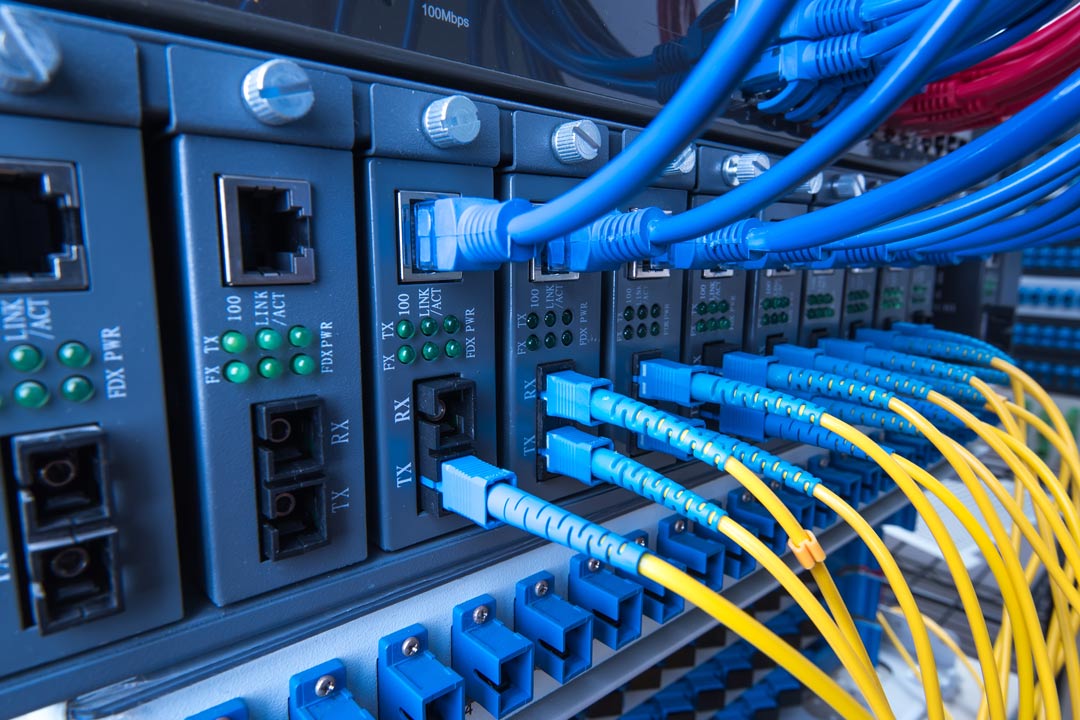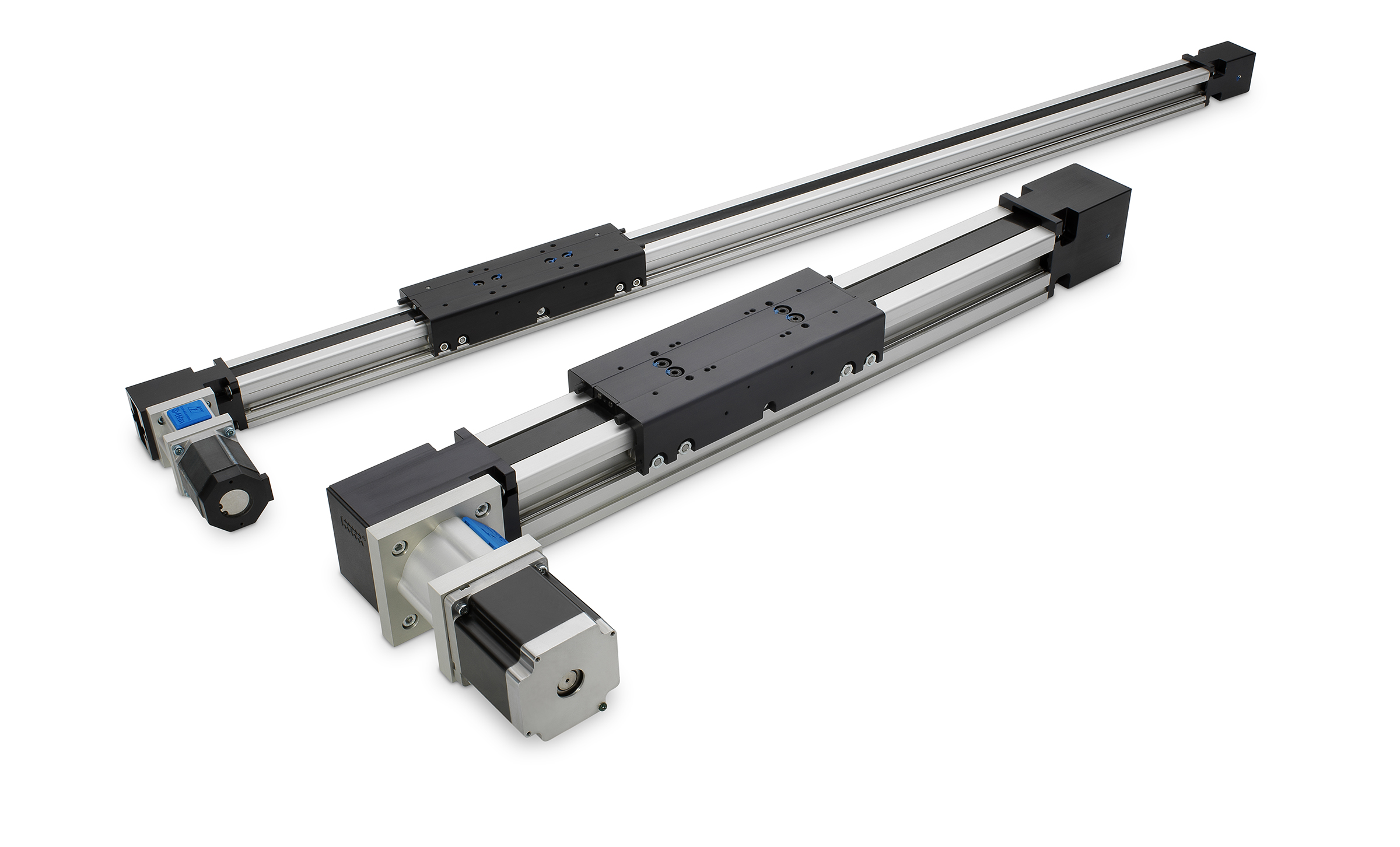As cloud computing and data intensive applications gain more prominence, data centers are becoming increasingly complex infrastructure that require seamless connectivity and scalability to handle huge workloads. At the core of any data center lies the network, which connects all the systems and enables applications and services to function. Data center switches play a vital role in establishing this network and facilitating communication within as well as outside the data center.
Types of Data Center Switches
There are primarily three types of Data Center Switch used in modern data centers:
Access Switches
Access switches, also known as top-of-rack (ToR) switches, sit at the top of a rack of servers and provide connectivity to each individual server. As the name suggests, access switches provide access to the core network from the servers. They are relatively low-end switches with fewer ports and lower bandwidth as compared to aggregation and core switches.
Aggregation Switches
Aggregation switches sit between the access switches and core switches, connecting multiple racks together. They perform functions like load balancing and filtering traffic between different parts of the network. Aggregation switches have higher port density and bandwidth than access switches to handle traffic from multiple racks.
Core Switches
Core switches sit at the center of the network and act as the backbone, connecting all the aggregation switches. Core switches have the highest number of ports, very high bandwidth, advanced filtering and load balancing capabilities to efficiently transfer massive amounts of traffic across the data center network.
Key Features of Data Center Switches
Data center switches come equipped with various advanced features to effectively manage traffic and optimize performance. Some of the key features include:
High Port Density – Switches need to support hundreds of connections from servers, storage and other network devices. Modern data center switches can support over 100Gbps ports and thousands of 1/10GbE ports.
Scalability – The network should be scalable to support additions of new servers, racks without downtime or disruptions. Switches allow modular expansion through additional line cards and supervisor modules.
Low Latency – Microsecond level latencies are required within the data center to avoid application performance issues. Cut-through switching and optimized protocols help achieve low latency.
Load Balancing – Even distribution of traffic across all links prevents congestion. Sophisticated load balancing algorithms ensure maximum utilization of bandwidth.
Traffic Prioritization – Critical applications like storage traffic can be prioritized using QoS features like priority queuing and scheduling to meet SLAs.
High Availability – Dual redundant power and fan modules, dual supervisors, stateful switchover ensure continuous operation in case of failures.
Visibility and Monitoring – Extensive statistics, sFlow/NetFlow monitoring helps track performance, congestion points, troubleshoot issues.
Network Virtualization – VXLAN, NVGRE etc allow virtual network segmentation within physical network for multi-tenancy in cloud environments.
Roles of Data Center Switches
Data center switches play a vital role in establishing smooth connectivity within the data center environment and enabling applications and services through the following functions:
Interconnecting Servers – Access switches connect multiple server racks together and provide high-speed low-latency links to each server. This inter-rack connectivity enables applications.
Scaling Compute and Storage – As demand grows, additional servers, racks and workloads can be quickly added by expanding the network fabric using aggregation and core switches.
Enabling Cloud Infrastructure – Network virtualization features allow data center networks to be virtualized and partitioned, enabling multi-tenancy required for private and public cloud environments.
Optimizing Traffic Flow – Advanced features help switches intelligently direct and balance traffic based on applications, priorities, load etc., increasing bandwidth utilization and optimizing performance.
Simplifying Troubleshooting – Extensive visibility into traffic and congestion points helps pinpoint issues quickly for streamlined problem resolution without impacting operations.
ensuring consistent experience across global infrastructure through centrally managed consistent networking policies.
Facilitating Data Protection – High-availability ensures continuous network uptime while security and access control features help enact robust data protection in compliance with organizational policies.
Data Center Network Evolution
Over years, data center networks have transitioned through various architectures based on technology advancements and workload requirements:
Traditional Three-Tier Architecture – Separated core, distribution and access switch layers forms the foundational architecture still used today.
Leaf-Spine Architecture – With spine switches connecting multiple leaf-level access switches, this architecture allows flatter networks supporting higher port counts.
Lossless Fabrics – Emergence of lossless Ethernet, Fibre Channel over Ethernet (FCoE), RDMA over Converged Ethernet (RoCE) driven adoption of lossless fabrics.
Overlay Networks – Encapsulation technologies like VXLAN or NVGRE allow separation of logical intent from physical network enabling cloud-native overlays.
Disaggregated Switches – With merchant silicon decoupling hardware from software through open and programmable protocols, networks are becoming more virtualized, scalable and intelligent.
Looking Ahead
With exponential growth of data in the years ahead, data centers and their network fabrics will require further scalability, programmability and automation to efficiently and cost-effectively support diverse real-time and data-intensive applications. Open networking, software-defined infrastructure, machine learning based optimization and consistent operations across edges, sites and clouds will be poised to revolutionize data center networking once again. Data center switches, playing a central role, will continue to drive this evolution through innovation.
*Note:
1. Source: Coherent Market Insights, Public sources, Desk research
2. We have leveraged AI tools to mine information and compile it



